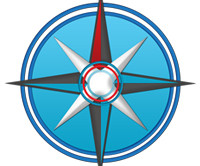Revolutionizing Risk: Exploring Actuarial Outsourcing in Insurance | Blog
Everest Group
MAY 21, 2024
Outsourcing is a growing trend in the insurance industry to transform the actuarial function by reducing costs, creating innovation, increasing efficiencies, and filling the talent demand. Cost optimization: Actuarial outsourcing optimizes costs by using offshore resources and the specialized expertise of external partners.












Let's personalize your content